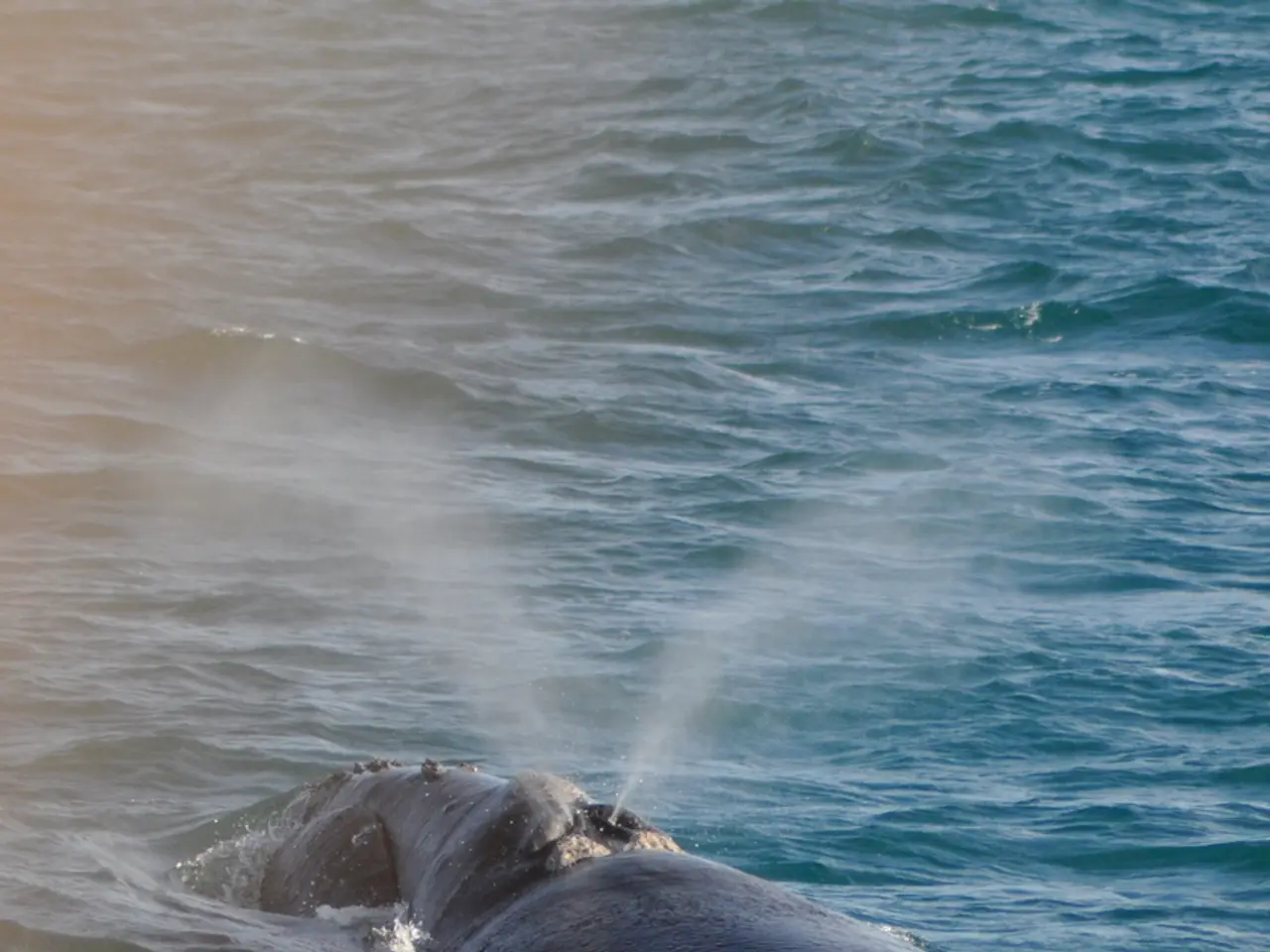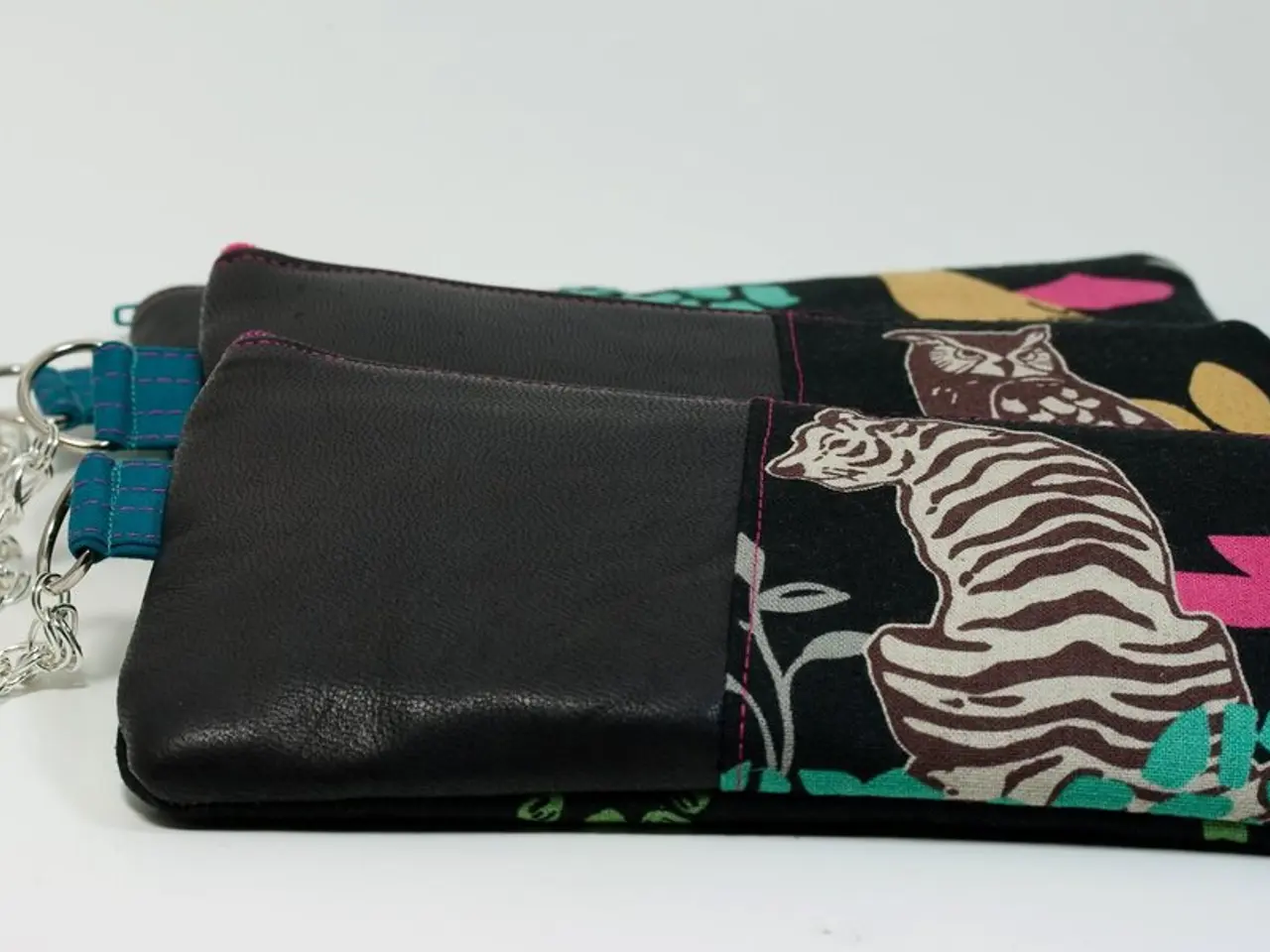Assistance required for the rescue of the underwater research drone, the 'Seaglider' from the ocean depths.
**Lost University of Washington Seaglider Drone Needs Public Assistance for Recovery**
The University of Washington is seeking the public's help in recovering a lost Seaglider drone in the Pacific Ocean, approximately 1,975 kilometres southeast of Hawaii. The Seaglider drone, an autonomous underwater vehicle used for ocean data collection, was deployed in the equatorial Pacific in November and has been sending GPS updates for the past several months.
Each Seaglider drone weighs 55kg (120 lbs) and operates without the need for a 'home' ship. It can dive up to 1000 meters underwater and collect data on various oceanographic conditions, including water temperature, salinity, density, dissolved oxygen, and chlorophyll. The drone's current location is accurate to within meters, and live coordinates will be shared with any vessel able to assist.
If you are interested in helping recover the lost Seaglider drone, there are several ways you can assist:
1. **Contact the University of Washington researchers or the Seaglider project team directly.** They can provide specific recovery plans or requests for public assistance if applicable. 2. **Report any sightings or relevant information of the drone in the Pacific Ocean** to the research team or appropriate authorities. 3. **Support search and recovery efforts** if asked, which may include helping deploy search equipment, monitoring relevant ocean areas, or sharing data. 4. **Respect marine regulations and guidelines**, especially those related to environmental protection and marine wildlife, during any recovery activities. 5. **Avoid attempting recovery on your own** without proper equipment or authorization because lost underwater drones are challenging to retrieve and often require specialized ships, remotely operated vehicles (ROVs), and expertise.
Layla Airola, Chief Business Officer of the Student Seaglider Center and Commodore of the Washington Yacht Club, is involved in the appeal for help in recovering the lost Seaglider drone. The drone needs to be picked up within the next two months to prevent its loss, and the map shows its location and projected route.
The Seaglider drone can be identified by its orange antenna at the surface. The Student Seaglider Center is a student-run lab within the University of Washington School of Oceanography, and their research contributes significantly to understanding oceanographic processes and climate change. If you have access to specialized oceanographic equipment or vessels and want to volunteer your help, coordination with UW personnel is essential to ensure a safe and effective recovery operation.
The Seaglider drone's scientific data collection in the Pacific Ocean is disrupted due to its lost status, necessitating the integration of technology for its recovery. The University of Washington relies on keen eyes and relevant information from the public to locate the drone, alongside potential assistance from vessels equipped with technology for search and recovery.




